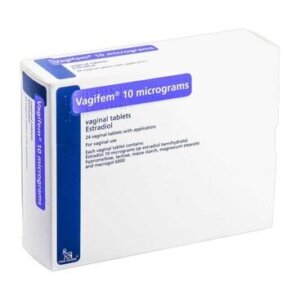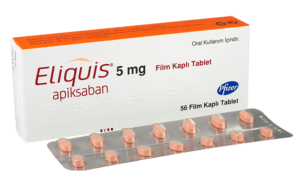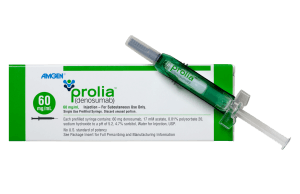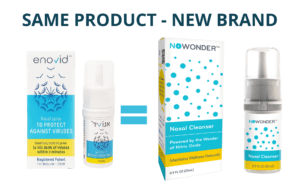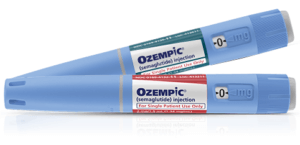Lipitor is a prescription medication known as a statin used to treat high cholesterol. People who require treatment for high cholesterol usually take some medicines in the long term. Although it’s possible to lower cholesterol levels naturally by exercising and following a strict diet, depending on the severity, it’s seldom enough to achieve healthy cholesterol levels and keep that down without medication.
Cholesterol is a type of fat found in the body; everyone has and needs it. The problem comes when there’s too much of it! Any build-up of cholesterol can have serious effects on the heart and can lead to heart disease, even leading to a heart attack or stroke. It can also result in type 2 diabetes. Anyone can develop high cholesterol if they indulge in a high-fat and high-calorie diet. However, it can also be inherited. If one parent suffers from high cholesterol, then be extra careful and have regular check-ups, and make sure to eat a healthy, balanced diet and get a fair amount of exercise!
What is cholesterol?
Cholesterol helps the body perform many metabolic actions. It is produced by enzymes in the liver and around your body. It is involved in the production of hormones, vitamins and is essential to make sure that metabolic processes are working correctly. It also helps produce bile which is essential for helping the body digest and absorb nutrients.
There are two types of cholesterol in the blood. LDL (low-density lipoprotein) is known as bad cholesterol. It makes up most of the cholesterol in the body and when there is too much, it can block up the arteries and cause heart disease. HDL (high-density cholesterol) is also called “good cholesterol”. It works to balance out the bad cholesterol by removing it and lowering levels. Sometimes the bad cholesterol is too dominant and the good cholesterol is not able to remove enough.
Lowering high cholesterol
The body produces cholesterol naturally but when a person eats a lot of foods that are high in fats, it can mean that the body gets overloaded with cholesterol. Foods high in saturated fats are the main source of LDL. Avoiding these foods can help lower “bad” cholesterol levels.
High cholesterol foods to avoid:
Full fat dairy products, eggs, red meat and processed meat, deep fried foods, oily snack foods (like crisps and chips) and cakes & pastries.
Healthy foods to eat happily:
Lean meat, chicken, turkey and fish (this can be fresh, processed or canned), lots of fresh fruit and vegetables, lower fat or fat free dairy products.
Foods that can even help naturally lower cholesterol:
Oats and high fiber foods, beans and lentils, sunflower seeds, nuts, fish high in omega 3 (salmon, mackerel and herring are good examples), olive oil and food enriched with plant sterols (these sterols help to block absorption of bad cholesterol and are sometimes added to foods like margarine)
Maintaining cholesterol levels
A healthy person should have a total cholesterol level lower than 5.2mmol/L (200mg/dL) – the lower the better. If a person has high blood pressure, smokes heavily or has an existing heart condition then it is recommended to get it below 2.5mmol/L. Anything over 6.2mmol/L (240mg-dL) is considered very high. Read more about cholesterol levels here.
Anyone who has been tested for high cholesterol should consider consulting with a doctor to start taking a drug like Lipitor or Liptruzet to help combat the build-up and return the cholesterol to lower levels. High cholesterol leads to heart attack, heart disease and stroke – do not leave it untreated!
Lipitor, also known Litorva, contains the active ingredient atorvastatin. Atorvastatin lowers cholesterol by blocking the production of bad cholesterol in the liver. It can even help raise the levels of good cholesterol.
Lipitor risks – a note from our pharmacist
Long term statin use can cause muscular aches and pains. While a change in statin therapy might help, it’s essential to speak to a doctor before making changes to any prescribed medicines.
Avoid drinking grapefruit juice or eating grapefruit. See the Patient Information leaflet that comes with the medicine for more information regarding side-effects and interactions.





